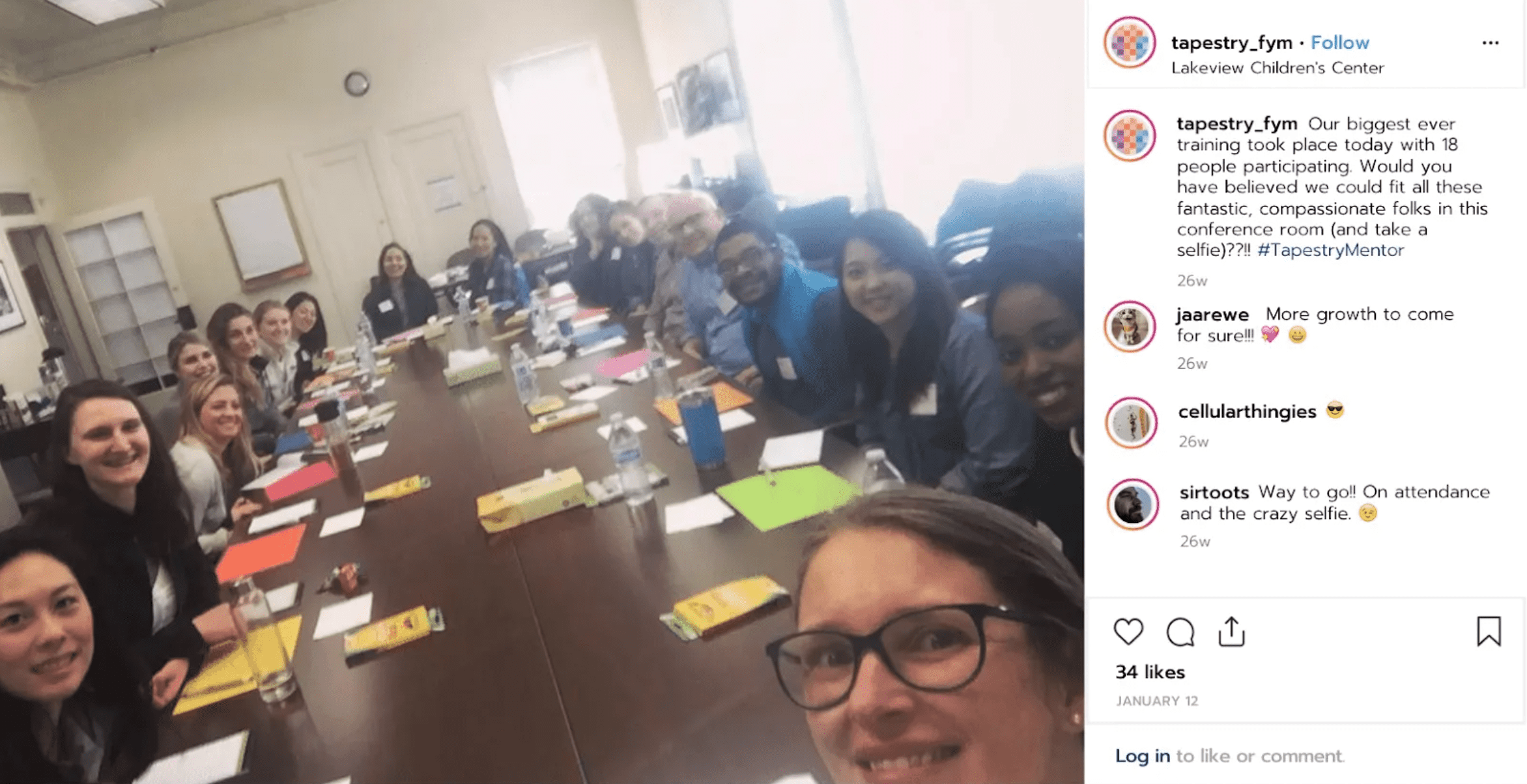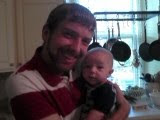I preached my five-minute sermon on Mark 5:21-43 today in homiletics class. I share it below in case (like at least one person I know) you enjoy reading sermons online at every possible moment. Note that it was written for and preached solely to an academic audience; I understand that the very premise of “solving the sandwich” wouldn’t fly in a congregation (“who cares!”), at least not without a lot more legwork.
My one other word of introduction is that I think I belong (at least for the time being) to the school of homiletical thought that says a sermon should be inductive, allowing the hearer to “problem solve” along with you and arrive at his or her own conclusions as you go. This is apparently the position associated with Fred Craddock and excerpted nicely here in Tom Long’s The Witness of Preaching:
Taken as a whole, then, the sermon form proposed by Craddock is an attempt to organize the flow of the sermon so that it “corresponds to the way people ordinarily experience reality and to the way life’s problem-solving activity goes on naturally and casually.” (125)*
* In this light, I couldn’t help but think about my attraction to exegesis and preaching as looking a lot like my attraction to science and engineering. See Thomas Kuhn’s “Normal Science as Puzzle Solving” in The Structure of Scientific Revolutions.
My way of thinking about this issue is that every sermon is a “teaching sermon” in that every sermon (okay, maybe most sermons) ought to be modeling how we as Christians (indeed, as particular kinds of critically thinking Christians) engage the Biblical text.
So, without further ado…
————————————————————–
“How do we solve the sandwich?” This is the question I always find myself asking in Mark. He includes these “intercalations,” where one story is inserted into another, no less than nine times. In a gospel with so much forward momentum, why all this interruption and doubling back? What do we make of this surely intentional storyteller’s device? Let’s search for some clues about the theological importance of this particular Markan sandwich.
We could start by examining the two main characters, who are a study in contrast. Jairus is named and well-known, male, a religious and community leader (5:22), a person empowered to action. The bleeding woman is anonymous, female, a patient and a victim, almost certainly shunned by the likes of Jairus for her uncleanness (25) and probably taken advantage of by doctors legitimate and otherwise (26). They couldn’t be more different, these two, and yet notice where they end up: in turn, meek and mighty each fall at the feet of Jesus (22, 33). Perhaps the sandwich, then, serves to remind us that “God shows no partiality” (Romans 2:11). Both are worthy of Jesus’s mercy.
Another approach might be to look carefully at the role of faith in each story. Despite his relative social empowerment, Jairus is the picture of passivity in the faith department. Before we know it, he’s just part of the crowd, along for the ride as the throng “presses in on” on the healer headed for his home (24). In contrast to the woman, who reaches out to Jesus on her own initiative and receives his healing power as a result of her faith in action (34), Jairus requires a little encouragement: “Do not fear,” Jesus tells him, “only believe” (36). Perhaps the sandwich encourages us to aim for the faith of the woman at its center, but reassures us that, in the end, grace abounds, and those of us with a more marginal faith will nevertheless receive the saving help we need.
Let me propose a third option. Suppose that, at least stylistically, there is no sandwich. What if Mark is constantly interrupting the narrative because that’s just the way things tended to go when Jesus was out among the people? What if the way these two stories comment on one another is to emphasize that Jesus, unlike the disciples, never suffers from tunnel vision? What would that mean for our lives of discipleship?
Well for starters, and this is the hard part, I think it suggests a motto for our lives as ministers. It’s a motto you’ll recognize if you join us for the fourth installment of our Harry Potter marathon on Saturday night. It’s the motto of Alastor “Mad-Eye” Moody, a hot-shot hunter of evil wizards. The motto is this: “CONSTANT VIGILANCE.” The symbol of his vigilance is his magical left eye, which can rotate a full 360-degrees and see through both walls and the back of his own head. Now, I believe Jesus’s instant awareness “that power had gone forth from him” (30) is suggestive of his own constant vigilance: a caring attention to the needs of those around him. As ministers, our own attempts at a Christ-like constancy should always be open to finding the needs of the world in places we wouldn’t expect and at times that may not be convenient us. A magical eye sure would help.
Now, this sounds like exhausting news at best, and an unachievable standard to live up to. But suppose again that there really is no sandwich, that Mark’s meandering storytelling is simply indicative of God’s alertness and persistence and compassionate concern for the needs of all God’s children. Then the good news for us and for the those we minister to is that the love of Christ cannot be contained. It is effusive, a cup overflowing, a story that cannot help but meander, an all-seeing eye that longingly but tirelessly seeks us out. And though there will be days when our finite attention narrows or our tired eyes droop closed, we can rest assured in the knowledge that God’s never will.


